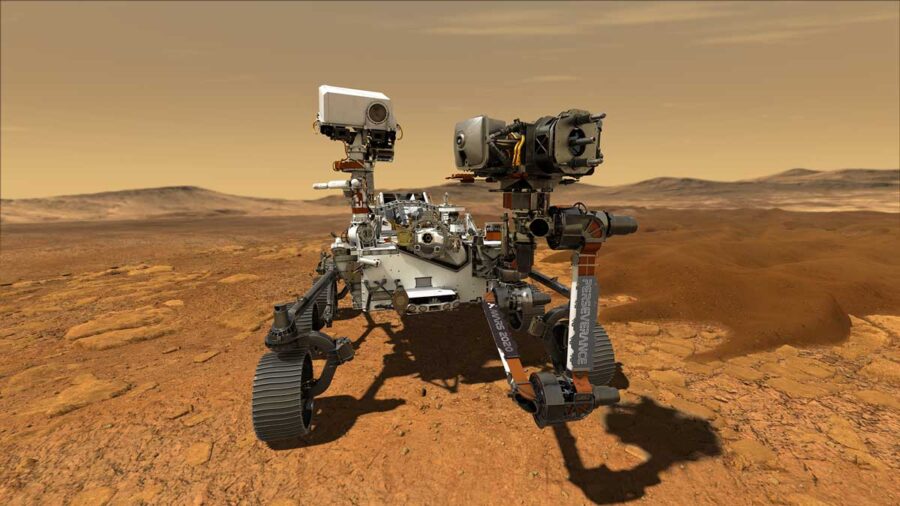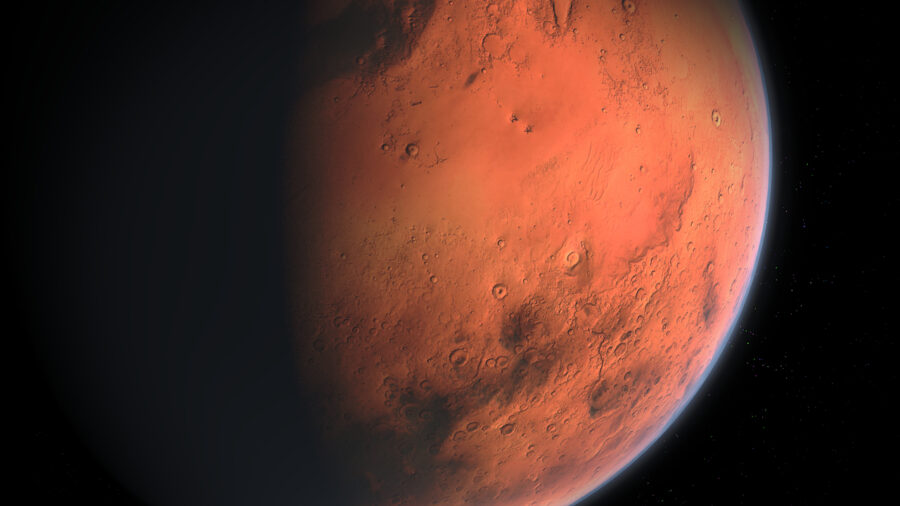NASA Mars Mission To Retrieve Soil Samples Has A Ludicrous Price Tag
NASA's mission to retrieve soil samples from Mars is going to cost $10 billion, forcing the agency to push plans back for decades.

Space exploration just got a whole lot more expensive. According to Arstechnica, NASA’s ambitious Mars Sample Return mission, aimed at retrieving rocks from Mars for scientific analysis, is facing significant budgetary challenges. In fact, the price tag to retrieve these Mars rocks just doubled and might climb as high as $10 billion.
Former chief of NASA’s science programs, Thomas Zurbuchen, expressed concerns about the Mars project’s impact on the agency’s science budget. Initially estimated at around $4 billion, new developments indicate that the situation may be worse than anticipated, with costs doubling to an estimated $8 to $9 billion and potentially reaching $10 billion when accounting for additional expenses. As a result, the mission’s timeline is likely to be delayed, impacting the planetary science budget and potentially jeopardizing other projects in NASA’s pipeline.
The Mars Sample Return mission is a collaboration between NASA and international partners, including the European Space Agency, that aims to bring back material from Mars to gain insights into our neighboring planet’s geological history and search for evidence of past or present life.
For this mission, NASA has been hard at work developing a Sample Retriever Lander, which will collect samples from the Perseverance rover on Mars and is set to launch in 2028. The collected samples will be transported to an Earth return orbiter via a rocket called the Mars Ascent Vehicle. If successful, the samples could be returned to Earth by 2033.
As cool as NASA collecting rocks from Mars sounds, the project is turning out to be a lot more costly than originally anticipated. Recent briefings from mission leaders have revealed that the estimated development cost of the Mars Sample Return mission has surged from $4.4 billion to $8-9 billion. This increase does not account for launch costs, operating expenses over five years, or the construction of a sample-receiving facility on Earth.

With the inclusion of these additional expenses, the mission’s total cost could reach approximately $10 billion. The budget is turning out to be a major problem for NASA, which has a total planetary budget of $3 billion per year, not just allocated to the Mars project. These budgetary issues are forcing the project to delay, with the launch date expected to be pushed to 2030, which in turn, further heightens the budgetary strain.
So, what is causing the rise in costs for NASA’s Mars project? Basically, the Jet Propulsion Laboratory, responsible for planning the mission, made significant technical mistakes during the early phases of the mission, which led to inaccurate estimates and a need to revise the plan. Additionally, the laboratory faced staffing and management problems, affecting project timelines and resource allocation. These issues, combined with the complexity of the Mars Sample Return mission, have driven costs beyond the initial projections.
The substantial cost associated with NASA’s Mars Sample Return mission has raised concerns within the planetary science community as the budgetary challenges affect more than just this one project. Because of this, there are now delays in the Verita mission to Venus and the Dragonfly mission to Saturn’s moon, Titan. The worry is that the Mars Sample Return mission may become the James Webb Space Telescope of planetary science, consuming a significant portion of the budget and hindering progress on other scientific endeavors.
To mitigate the escalating costs, NASA and policymakers have several options to continue the Mars mission. One approach involves initiating competition among commercial entities, such as Lockheed Martin, SpaceX, Blue Origin, and others, for the development of the large lander. This approach leverages existing expertise and promotes a milestone-based commercial model. Another consideration is reevaluating the inclusion of backup helicopters similar to Ingenuity, as the probability of Perseverance’s failure to deliver samples is low.
By making significant changes to NASA’s Mars mission before reaching critical milestones, NASA can regain control over costs and ensure a sustainable balance within its planetary science portfolio.












